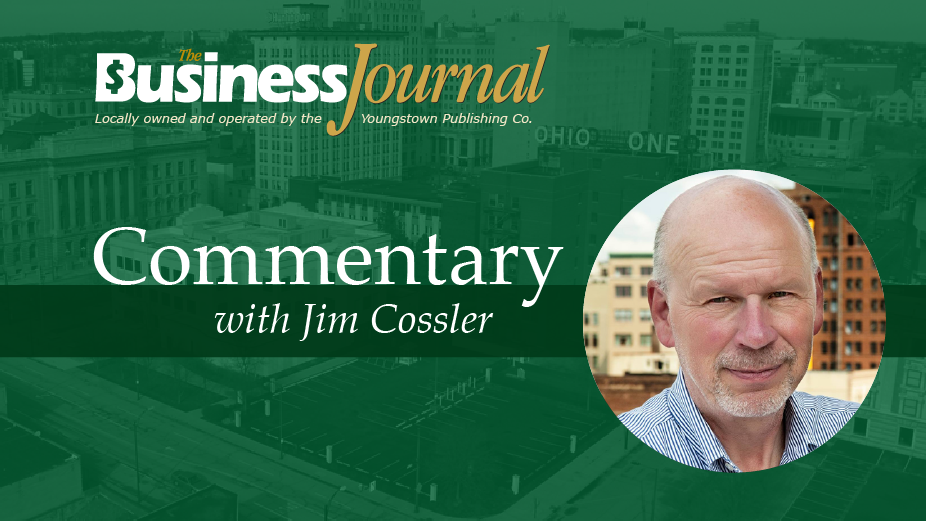By Jim Cossler
I hate it when the term “fake news” is casually thrown around. Really hate it.
Maybe I’ve just become cranky the older I get. Although many will tell you I’ve had that affliction my entire life.
Most often the term is thrown out by someone in response to a political position with which they are in disagreement. But it’s a dismissive and meaningless phrase that you can throw out and run away from. Disagree with something? That’s fine. But, take the time to articulate a well-reasoned, fact-supported counterpoint to it.
However, there is also a very real, powerful and scary thing called fake news. And it is wreaking havoc around the world.
Before going any further, let’s start by giving the term fake news some definitional context. Claire Wardle in “First Draft News” gives us seven types of fake news. I’m just going to focus on the two most dangerous. First, manipulated content, “where genuine information or imagery is manipulated to deceive.” And second, fabricated content, as in “new content that is 100% false, designed to deceive and do harm.”
While it seems as if fake news arose only recently, it has been around throughout recorded history. It has been traced back as far as the first century BCE when Octavian fabricated a fake news campaign against his bitter rival Mark Anthony. So, yeah, it’s pretty old.
What wasn’t around for our old friend Octavian were the digital tools and social media platforms to which we all have access today.
Any digitally savvy person can now easily manipulate and alter an original photo or image. He can also do it with audio and video. And there are very few among us who can’t create a meme of complete falsehoods and post it to a social media platform. If that fabricated and manipulated content resonates with his followers, it can easily be shared with millions of other people.
That’s extremely dangerous – on so many levels. It erodes, sometimes severely, our trust in our institutions. In our scientists. In our elected representatives. In our civic and societal constructs.
And it’s deadly as well, as we can clearly see in the absolutely needless deaths caused by lies spread about the coronavirus and the vaccines that prevent it.
Fake news needs to stop. And it can be stopped, if we have the individual and collective will to do it.
First, we must all take personal accountability. I have a somewhat sizable following on some social media, particularly LinkedIn. As such, people with the intent to spread manipulated or fabricated content see an opportunity by posting there to reach large audiences.
Do it once, I take it down immediately. Do it a second time, I will block you. Yep, this cranky old man most definitely will tell you to “get off my lawn” when it comes to spreading manipulated or fabricated content. I hope you will all do the same.
Second, I would like to see platforms become more aggressive with manipulated and fabricated content. I’m a huge advocate for the First Amendment. But free speech absolutely comes with legal limitations. And those include manipulated and fabricated “content that is 100% false, designed to deceive and do harm.” Call it cancel culture if you will. But that is an intellectually disingenuous and dangerous response to the defense of truth.
Our society and democracy are protected by truth and facts. And I am all for canceling lies that would endanger either.
Third, I hope we see more individuals and organizations with legal standing bringing lawsuits against purveyors of manipulated and fabricated content. The $2.7 billion lawsuit by Smartmatic, and the $1.3 billion lawsuit by Dominion Voting Systems, against news networks, news hosts, and election campaign surrogates for the alleged lies they promoted about the two companies have very good chances of succeeding.
Other parties have their own lawsuits in waiting. And if they are also successful, it will go a long way to shutting down fake news because it will simply become too costly to propagate.
Finally, I think our schools have a role to play. Fake news is a global phenomenon. But most developed countries view it much more seriously than we do.
And they are using, among other things, their school systems to address it. Finland, for example, has been rated as the most resistant nation in Europe to fake news.
Why? Because the Finns take it so seriously that they begin teaching about it as early as primary school. So should we.
The truth is not always what we want to hear. But it is what we must hear. Always.
